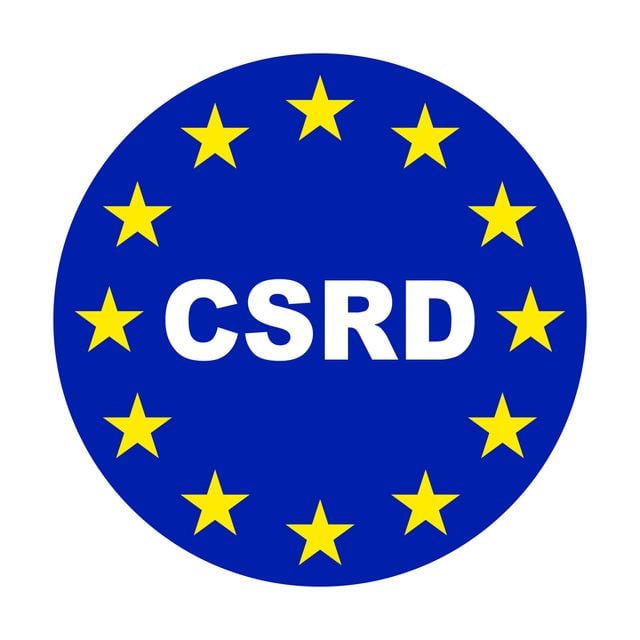In order to ease the medical device industry’s transition to Regulation (EU) 2017/745 (the Medical Device Regulation or the MDR), earlier this year the European Parliament and Council adopted Regulation (EU) 2023/607 (the Amending Regulation). As previously reported, the Amending Regulation provides manufacturers with additional time within which to achieve MDR compliance, provided certain conditions are fulfilled.
Notwithstanding the positive legislative development, notified bodies are not expected to amend the expiry dates of certificates of conformity that they have issued under Directives 93/42/EEC and 90/385/EEC (the Legacy Directives) to reflect the extended deadlines provided for in the Amending Regulation. This could pose a practical issue for manufacturers which are required to prove the lawfulness of the commercialisation of their devices in other commercial settings, for example, as part of a due diligence process in a corporate transaction, during a procurement procedure, or to gain market access in a third country which relies on the CE certification for importation and market access. This note provides a brief overview of how manufacturers may demonstrate their eligibility to benefit from the amended MDR transition periods.
Manufacturers ultimately need to obtain certificates of conformity under the MDR
Prior to a medical device being placed on the market, it must undergo a conformity assessment and be CE marked. For higher-risk devices, this assessment must be conducted by a notified body. After the successful completion of a conformity assessment, the notified body will issue a certificate of conformity, after which a CE mark can be affixed and the device placed on the market.
Certificates of conformity issued by notified bodies under the Legacy Directives cannot be relied upon to demonstrate compliance with the MDR, meaning that all devices certified under the Legacy Directives (Legacy Devices) must undergo fresh conformity assessments under the MDR.
How to demonstrate eligibility to benefit from the extended deadlines for MDR compliance
The Amending Regulation extended the deadlines to provide manufacturers with additional time for transitioning Legacy Devices to a state of compliance with MDR. In order to benefit from the extensions, manufacturers must satisfy the conditions set out in Article 120(3c) of the MDR. In particular:
- The Legacy Device must continue to comply with the relevant Legacy Directive. In other words, it must benefit from a certificate of conformity issued under the relevant Legacy Directive, and that certificate must not have been withdrawn by the issuing notified body.
- There must be no significant changes to the design or intended purpose of the Legacy Device. It is worth noting that guidance published by the Medical Device Coordination Group in May 2023 (the MDCG) explaining what changes to a device will be considered “significant” has recently been updated.
- The Legacy Device must be safe. More specifically, it must not present an unacceptable risk to the health or safety of patients, users, or other persons or to other aspects of the protection of public health.
- By 26 May 2024, the manufacturer must have put in place a quality management system (a QMS) in accordance with Article 10(9) of the MDR.
- By 26 May 2024, the manufacturer (or the authorised representative) must have lodged a formal application with a notified body for the conformity assessment of the Legacy Device and its QMS. In accordance with guidance published by the European Commission in May 2023, this application need not contain the full technical documentation, but it must clearly identify the manufacturer, the devices, and their classification and the chosen conformity assessment procedure.
- By 26 September 2024, the notified body and the manufacturer must have signed a written agreement which, amongst other items, requires the manufacturer to inform the notified body of any vigilance reports, and sets out the notified body’s right to suspend, restrict or withdraw certificates issued and the duty of the notified body to fulfil its information obligation. It should also include an indication of the possible schedule for submitting the documentation not provided at the time that the application was lodged (e.g. the full technical documentation).
If these conditions are met, manufacturers may rely on certificates of conformity issued under a Legacy Directive as a lawful basis for the commercialisation of a medical device in the European Union. Where manufacturers are required to prove the lawfulness of their reliance on such certificates, the Amending Regulation provides that:
- Manufacturers should prepare a self-declaration which confirms that the conditions (described above) have been satisfied for the devices concerned.
- Manufacturers should request their notified body issue a “Confirmation Letter” which confirms that the manufacturer has submitted a formal application for conformity assessment under the MDR, that a written agreement has been concluded between the parties and that an appropriate QMS is in place. A template for this letter has recently been published by the European Association for Medical devices of Notified Bodies. In accordance with guidance published by the European Commission, Conformation Letters should, in principle, be issued free of charge.
Practical implications for manufacturers
Device manufacturers who intend to rely on the extended transition periods are advised to amend their MDR transition plans to take account of the deadlines for making the arrangements described above.
If recent experience is any indication, the volume of requests for the execution of written agreements and the issuance of Confirmation Letters could be expected to increase as the deadlines approach. Accordingly, to ensure business continuity, it is advisable for manufacturers to make these arrangements in a timely matter.
Authors
Stay Up To Date with Ropes & Gray
Ropes & Gray attorneys provide timely analysis on legal developments, court decisions and changes in legislation and regulations.
Stay in the loop with all things Ropes & Gray, and find out more about our people, culture, initiatives and everything that’s happening.
We regularly notify our clients and contacts of significant legal developments, news, webinars and teleconferences that affect their industries.





